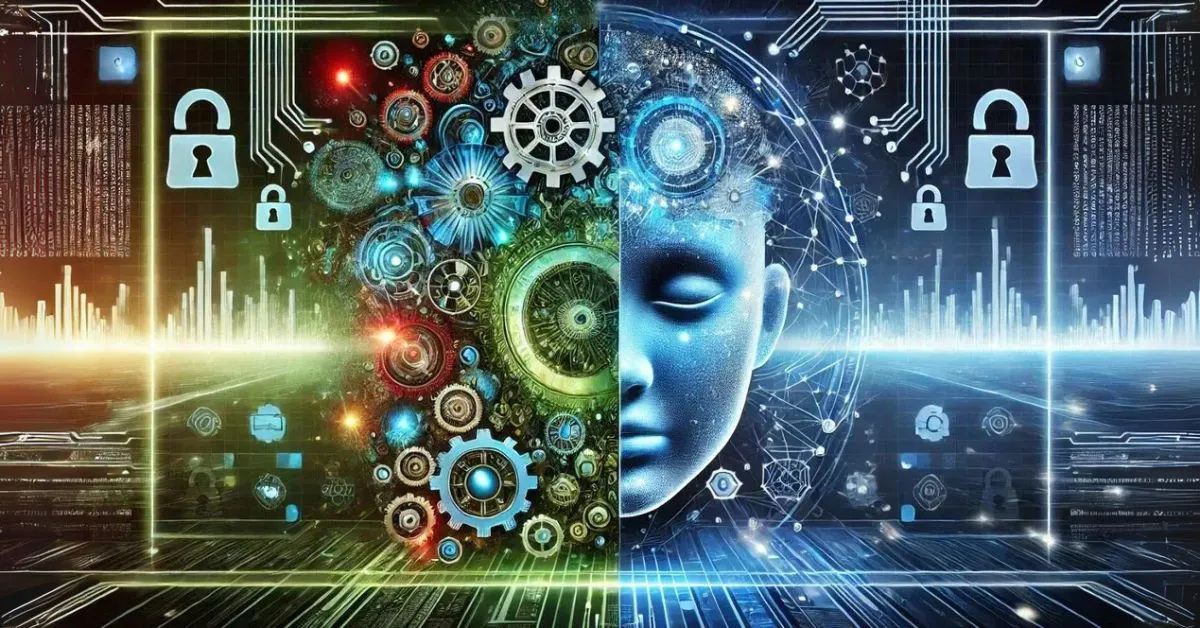
How Web3 & AI Rely on Decentralized Power?
1. What Is Decentralized Computing?
Decentralized computing is a method of data processing that doesn't rely on a central server. Instead, resources like CPU, GPU, and memory are shared across multiple computers in a network. This approach eliminates third-party dependencies, increases transparency and security, and reduces operational costs.
2. How It Works and Its Benefits
This model operates by distributing computing tasks across various network nodes, leveraging idle global resources. Users pay with tokens to access services, while resource providers receive corresponding rewards. Smart contracts ensure all transactions are automated and transparent. Data and results are stored on decentralized platforms like IPFS, enhancing security and transparency.
3. Prominent Projects in the Field
• Render Network (RNDR): Provides decentralized GPU power for 3D graphics tasks, serving filmmakers, digital artists, and gaming companies.
• Akash Network (AKT): Utilizes idle GPUs to create an open computing marketplace, offering computational power for AI and Web3 applications.
• Bittensor (TAO) and Gensyn: Focus on decentralized AI training, enabling machine learning models to learn from data and make decisions autonomously.
• RISC Zero: Integrates machine learning with Zero-Knowledge Proof techniques, allowing model and algorithm verification without revealing detailed data.